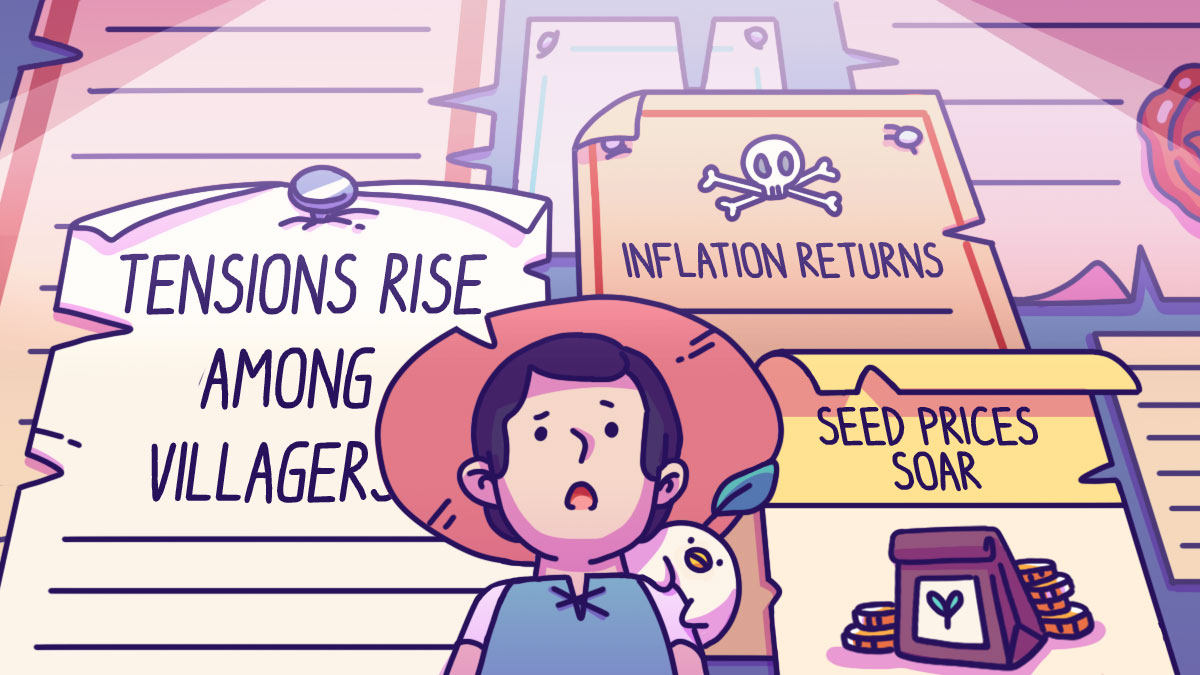
Module 2

Geopolitical Events and Its Impact on Investments and Market Volatility
Diversification helps weather market storms
In a world full of uncertainty – wars, pandemics, or abrupt policy shifts – spreading risk is key to survival. Diversification, or distributing investments across sectors, regions, and asset types, remains one of the oldest and most effective principles for navigating volatility.
Investors now understand the dangers of relying too heavily on a single market or industry. During the Covid-19 pandemic, portfolios concentrated in travel and hospitality were hit hard, while those with exposure to tech or healthcare rebounded quicker.
But diversification isn’t just about geography or sector. Many sophisticated retail and institutional investors today balance traditional assets like stocks and bonds with alternatives such as real estate and commodities to reduce correlation and enhance resilience.
In Jack’s story, he learned this lesson from the ground up. He used to grow only one crop, until extreme weather ruined his harvest. Now, he plants a variety. If chillies don’t sell, perhaps tomatoes will. If pests attack one, the others survive.
In finance and farming alike, the same principle holds true: never put all your eggs in one basket. Diversification isn’t about fear – it’s about foresight. And it’s that very mindset that helps both farmers and investors sleep more soundly in an unpredictable world.
How about Temasek?
Temasek’s global portfolio spans diverse geographies and sectors. While it mainly invests in equities, it has also been further diversifying its portfolio through different investments like core-plus infrastructure*, private credit, and private equity funds.
Temasek also incorporates its views on global trends into its investment activities, from changing demographics to emerging technologies, ensuring every opportunity is evaluated within a wider context.
Key developments such as geopolitical shifts, AI, and climate change, influence how it sees long-term risks and opportunities. By staying adaptable and alert to these changes, Temasek aims to build a resilient and forward-looking portfolio that can deliver sustainable returns over the long term.
* Refers to a category within the infrastructure asset class that offers a risk-return profile higher than traditional core infrastructure but lower than growth infrastructure investments. Examples include digital infrastructure and energy transition assets.